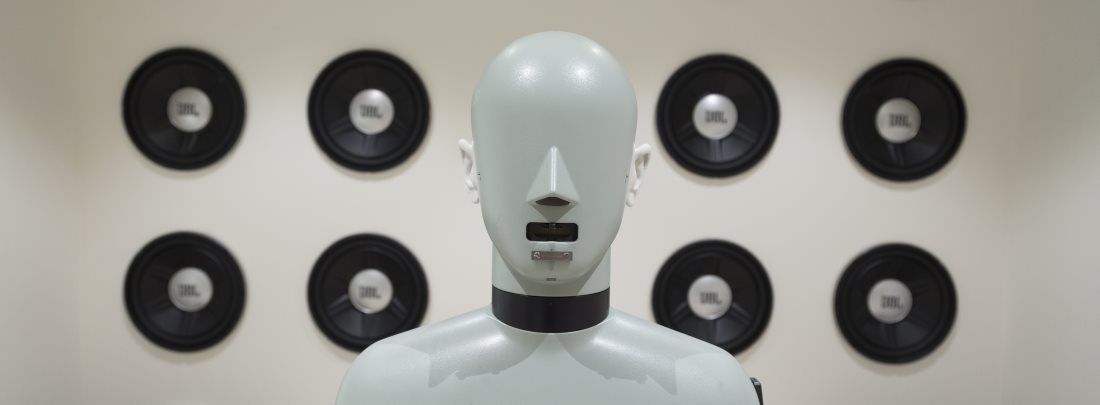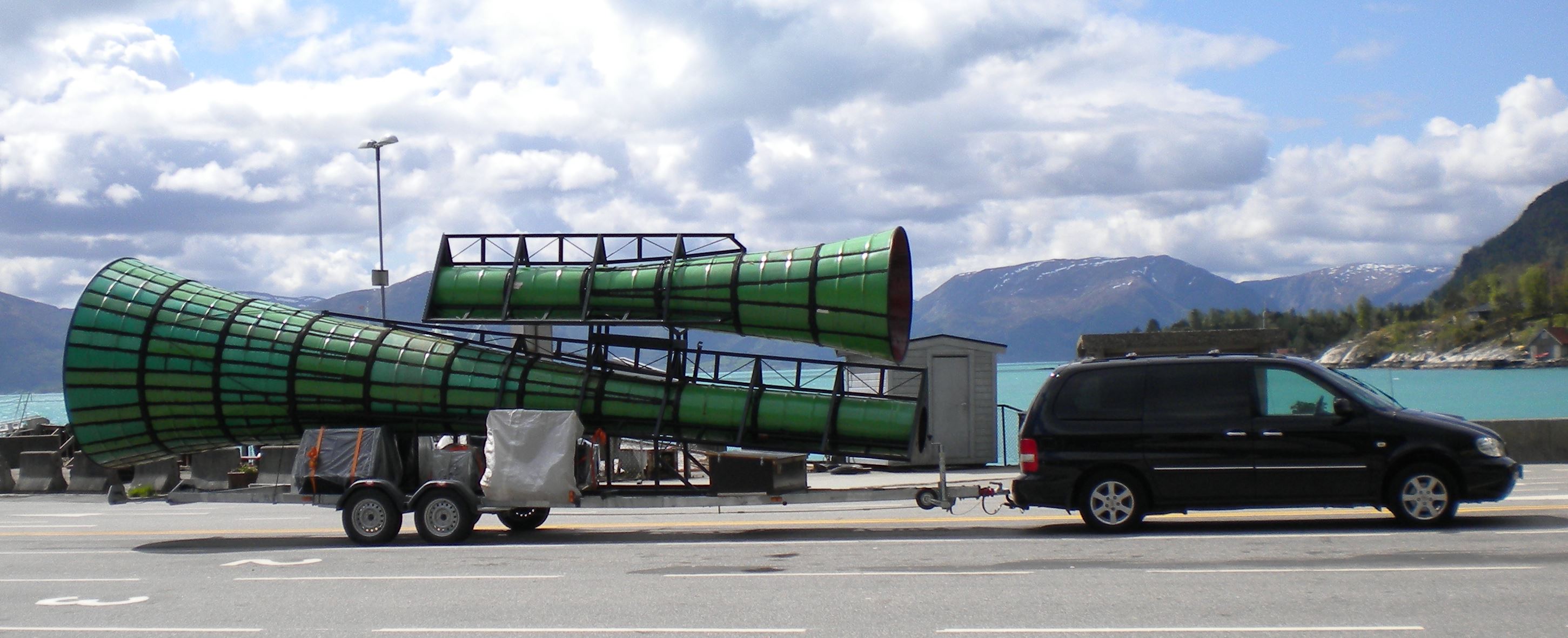Horns are used in many fields, including musical wind instruments and loudspeakers. The physics in the two cases is of course the same: sound propagation in a flaring duct open at one end. Therefore we can in principle use the same simulation methods for both cases. But what we want to obtain from the horn simulation can be very different.
A very important requirement for horn loudspeakers is directivity control. This entails directing sound into a specific region in front of the horn, giving the same frequency response inside that region and little sound outside it. Any simulation method for horn speakers must be capable of predicting directivity. Horn speakers should not be resonant, but should present a constant and smooth acoustic load to the driving unit, so this is also an important, but somewhat less critical, factor in the design.
For wind instruments, we are usually interested in the resonance frequencies. This is important for the tone, intonation and playability, and it is useful if we can predict this when designing the instrument. Any simulation method must therefore be able to predict these frequencies accurately. Or we may have an old valuable instrument and want to find the internal shape without cutting it into pieces. Then we can use an optimization algorithm to solve the inverse problem of finding the internal shape from measured resonance frequencies. For this, the simulation method must be fast.



